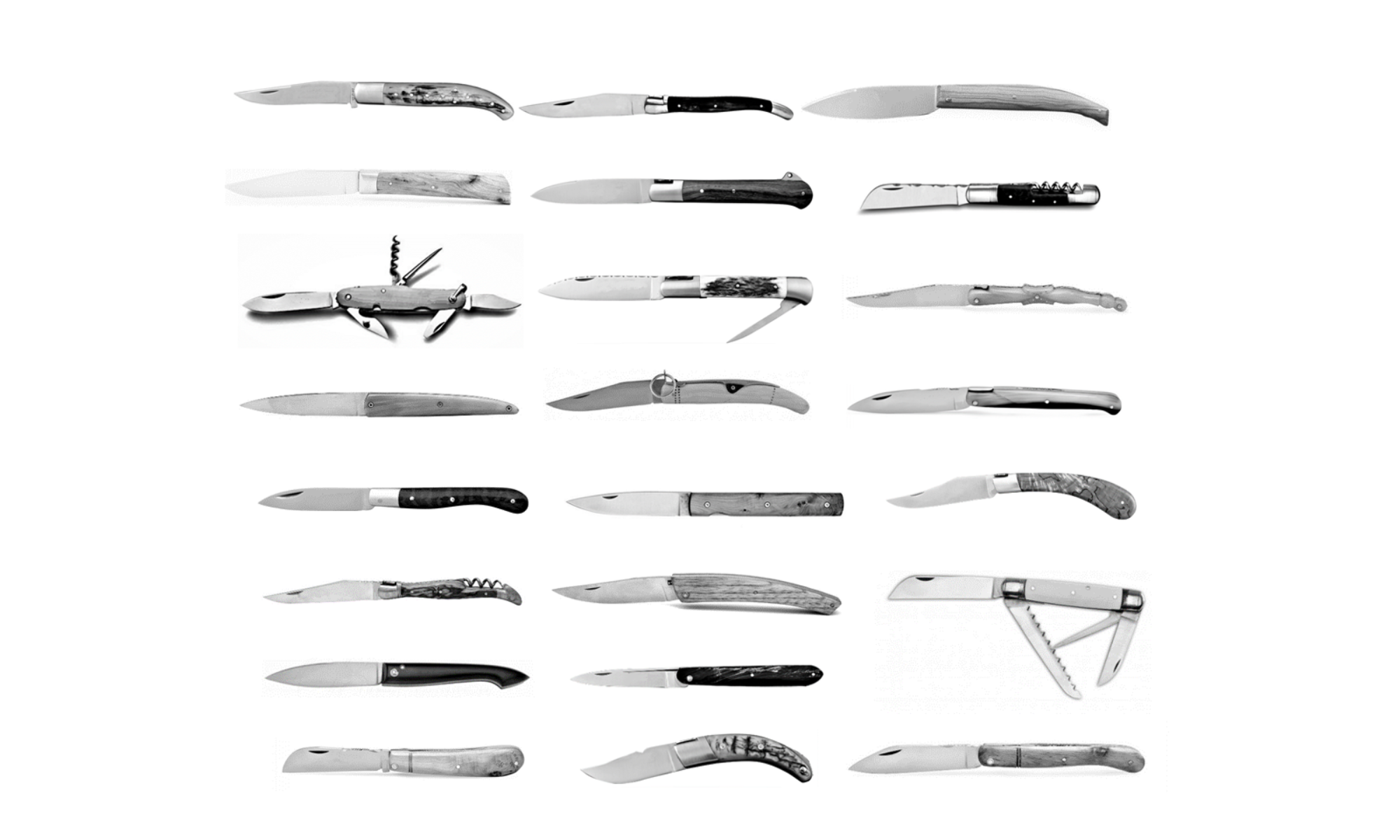
The Montpellier knife gets its name from the city seating in South of France, next to the Mediterranean Sea.

It was primarily a sailor knife, created around the seventeenth or eighteenth century.


The knife itself is really simple, a 2 pins friction folder, like a Capucin, no spring or locking system here, it can’t be simpler.

The blade shape is difficult to define, between a clip point and a wharncliff. The straight cutting edge is typical of the sailor knife, like a sheepfoot, mainly dedicated to cut ropes.

The handle is faceted, slightly trapezoidal and with sometimes a hole at the end to affix a lanyard

Very popular with the sailors, it was produced in big quantities by many manufacturers, including Soanen Mondanet, that became Cognet. It lost popularity at the beginning of the Twentieth century, replaced by slipjoint knives, more modern, and the type was forgotten.


But recently some old books and blades were found in the attic of Cognet’s workshop and the knife re-made.

The new version is faithful to the original with an XC75 carbon steel blade.


An interesting piece, remnant from the past and full of character.
Find some on http://knives-of-france.com




















